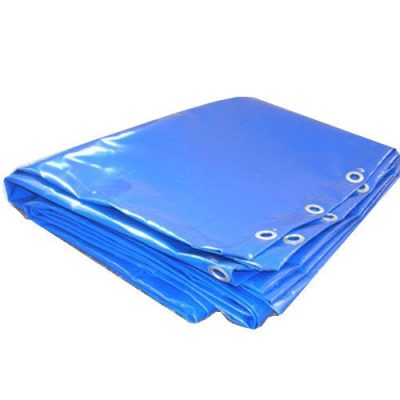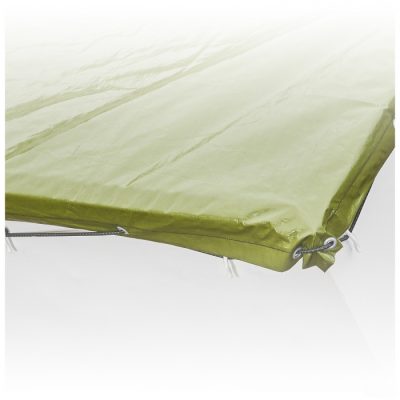Using a PE (Polyethylene) tarpaulin as a cargo cover in transportation is a common practice to protect goods during shipping and transport. PE tarpaulins are versatile and offer several benefits for covering cargo:
- Waterproof: PE tarpaulins are water-resistant, which helps protect cargo from rain, snow, and other forms of moisture during transit. This is especially important for goods that are sensitive to water damage.
- UV Resistant: Many PE tarpaulins are UV resistant, which means they can withstand prolonged exposure to sunlight without degrading. This is important if the cargo is transported over long distances or if it’s stored outdoors.
- Tear and Abrasion Resistant: PE tarpaulins are known for their durability and resistance to tears and abrasions. They can withstand rough handling and protect cargo from damage caused by sharp edges or objects.
- Lightweight: PE tarpaulins are relatively lightweight compared to some other cargo cover options, making them easy to handle and install.
- Cost-Effective: PE tarpaulins are generally more affordable than some other materials used for cargo covers, making them a cost-effective choice for protecting cargo.
- Customizable: PE tarpaulins can be manufactured in various sizes and thicknesses to suit the specific needs of the cargo being transported. They can also be customized with features like grommets for easy attachment and tie-downs.
- Easy to Clean: PE tarpaulins are easy to clean and maintain, which is important for reusability.
When using a PE tarpaulin as a cargo cover, it’s important to ensure it is properly secured and tied down to prevent it from coming loose during transit. Properly securing the tarpaulin will help ensure that the cargo remains protected from the elements and other potential sources of damage.
Overall, PE tarpaulins are a practical choice for cargo cover in transportation due to their versatility, durability, and cost-effectiveness. However, the specific type and quality of the tarpaulin you choose should be based on the nature of the cargo you are transporting and the conditions it will be exposed to during transit.


















